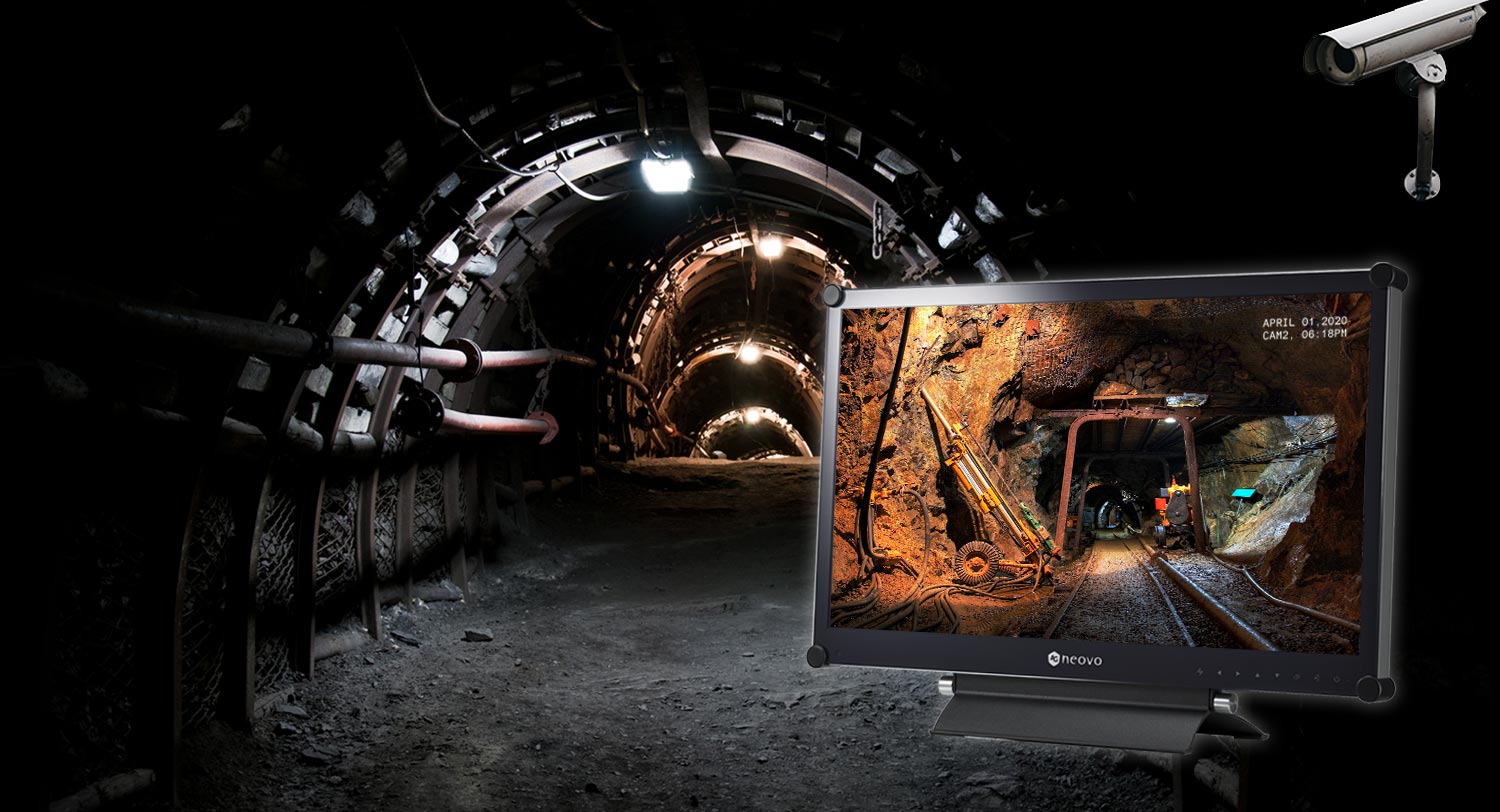


In high-stakes environments like transportation terminals, emergency zones, and secure government sites, surveillance monitors aren’t just screens—they’re critical tools for real-time decision-making. Whether identifying unauthorised entry or reviewing events after the fact, the right monitor directly influences visibility, reaction time, and system uptime.
SDI monitors stand out for their ability to deliver uncompressed, low-latency video over long distances using legacy coaxial infrastructure. But choosing the right one involves more than just size or resolution. It requires aligning technical capabilities with your operational needs, site limitations, and upgrade roadmap—especially if you’re modernising from older analog systems.
In locations where situational awareness can’t be compromised—such as entry checkpoints, transport platforms, or hospital corridors—every second counts. SDI monitors support real-time video playback without lag, compression delay, or frame loss. With native HD-SDI and 3G-SDI input compatibility, they ensure that what happens on camera is immediately visible on screen.
This instant transmission allows teams to respond quickly to live threats, validate events as they unfold, and avoid gaps in awareness due to network congestion or latency. Read more about why low latency and easy deployment still matter in modern surveillance monitors.
One of the key advantages of SDI is its continued use of coaxial cabling, making it ideal for sites upgrading from analog systems. Instead of reconfiguring the entire network, you can simply swap out old equipment and connect new SDI-compatible monitors.
Look for monitors that offer:
This flexibility is especially useful for distributed locations or large facilities with pre-installed cabling—saving both time and installation costs. Here’s what system integrators should look for in a professional SDI monitor.
Security monitors must operate 24/7, often in dusty, high-traffic, or harsh environments. SDI monitors designed for professional use offer enhanced durability and longevity:
These design elements ensure stable image quality and hardware reliability over extended periods.
Selecting a monitor isn’t just about picture clarity—it’s about choosing a format that fits the operational setup:
Larger 4K monitors allow operators to zoom in on facial features, licence plates, or crowd activity without losing detail. Discover how SDI became a trusted surveillance standard.
An SDI monitor should work fluidly with your existing systems. Choose models that:
Simple integration reduces installation time and ensures smoother operation during deployment.
In environments where seconds matter and visual clarity can change outcomes, your monitor must match the pace and precision of your surveillance system. Choosing an SDI monitor that supports low-latency performance, withstands continuous operation, and simplifies integration through plug-and-play SDI connectivity can make all the difference—both at the point of installation and during critical incidents.
AG Neovo’s SDI monitors are designed for exactly this purpose—ranging from 24″ to 75″, supporting both HD-SDI and 3G-SDI, and engineered for round-the-clock reliability. Whether you’re replacing legacy screens or planning a system-wide upgrade, selecting the right SDI display ensures your frontline teams are always seeing what matters—when it matters.